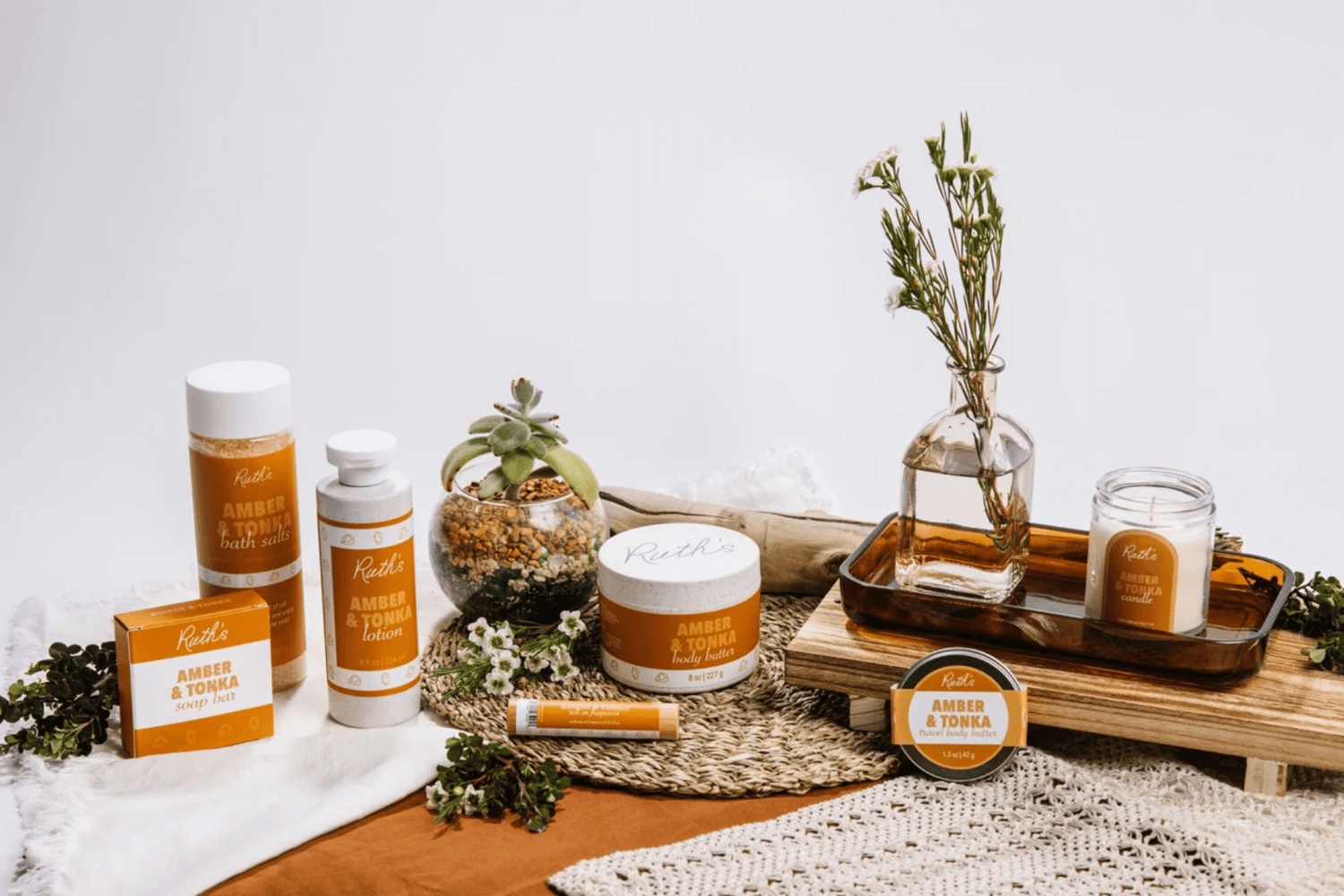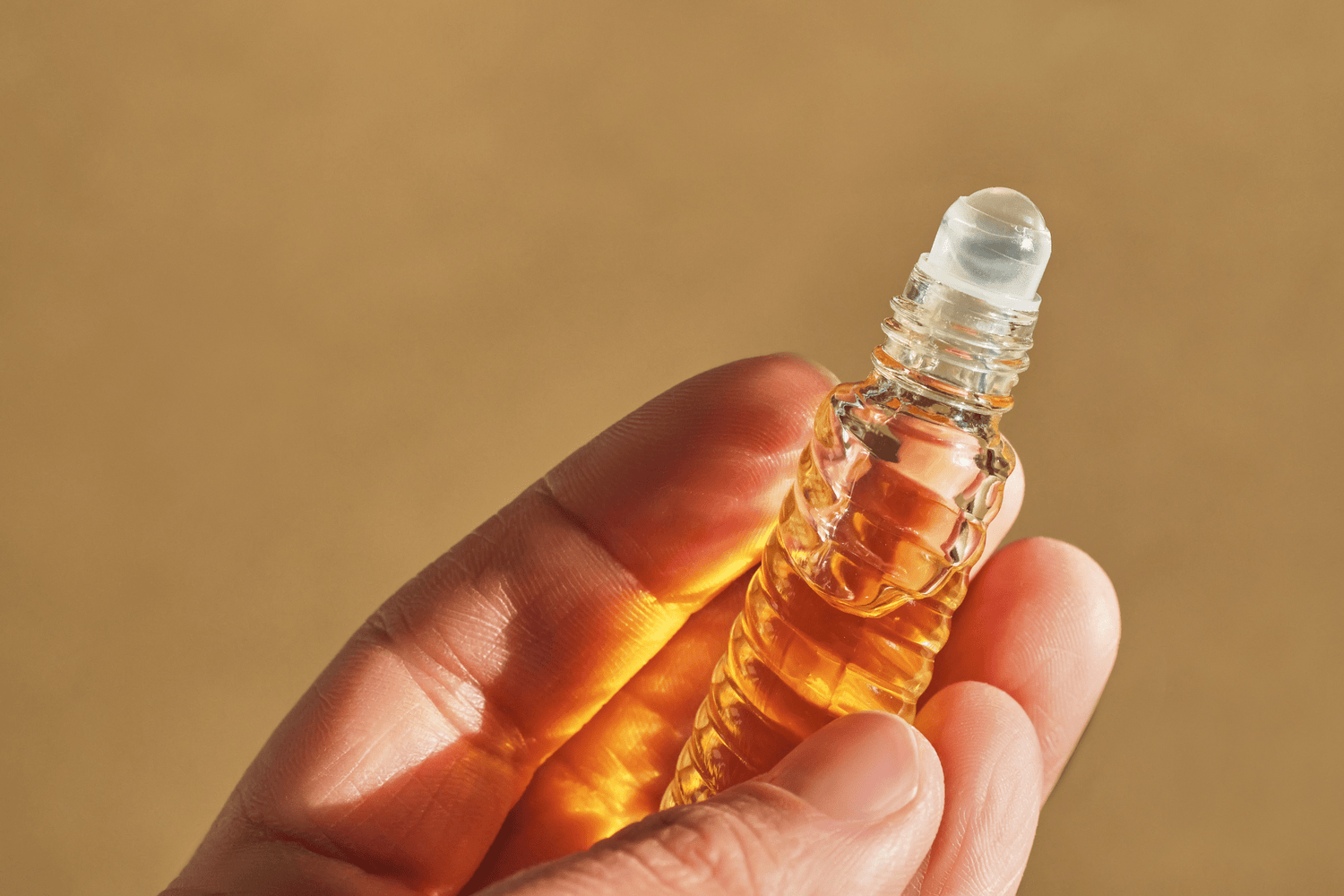Updated May 2024
Choose the right fragrance. Melting your wax at optimal temperatures. Know your candle making terminology.
We put some tips together to help you move past the learning curve when it comes to candle making for beginners.
Don't worry—as long as you keep up with these helpful candle making do's and don'ts, your candle creation will shine brighter than ever!

1. DO enjoy the therapeutic benefits of candle making.
Whether your interest in candle making is purely creative or you're looking to start a boutique candle Etsy shop, you'll likely fall in love with the process.
Candle making stretches your imagination in ways you may never have thought possible. It requires you to blend science with innovation, demanding your mindful attention while allowing you to leave stressful thoughts behind.
Then, there are the incredible sensory benefits.
The act of melting, stirring, and watching the candle form is mesmerizing, akin to watching a pot form on the pottery wheel or smoothing a thick brush full of color over a canvas.
Heck, candle making is so fun, you might even want to plan a candle making date night by making wine bottle candles or even a candle making night for the kids!

2. DON'T add fragrance to the candle wax at the wrong time.
One crucial piece of advice for newbies making their own DIY candles at home is to be strategic about when and how you add your fragrance. You must time this process to avoid your fragrance failing to bind to your wax, resulting in a weaker scent.
Here are some of our tips for making this step a success:
- Add scented oils at 180 - 185 degrees Fahrenheit for soy and paraffin wax.
- For palm wax, add scented oils at 200 - 205 degrees Fahrenheit.
- Stir constantly after adding your fragrance for 5 minutes to prevent the oil from settling at the bottom.

3. DO choose high-quality candle making materials that promote sustainability.
The main factor you need to consider when crafting your candles is the type of wax you choose.
Different types of wax have different melting temperatures and burn rates, so be sure to do some research to find out which one will work best for your candle needs.
When choosing your wax, be sure to use candle making ingredients that won't harm you or your environment. We suggest two environmentally friendly options that don't take a toll on non-renewable resources:
- Since soy wax is made from soybeans, it is environmentally friendly, as soybeans are a renewable resource.
- Candle Sand is a granular wax made of unscented palm oil that can be poured onto most fireproof surfaces to create a custom candle
- Paraffin wax is derived from petroleum, which is not a renewable resource.
You can also remove leftover wax and reuse old candle vessels to keep things sustainable.
Want help choosing a wick, too? We've got you covered.

4. DO be patient as your candle cures.
Curing is when the fragrance molecules in your candle bind to the wax molecules and release their aroma.
Unfortunately, many novice candle makers go wrong when they try to rush the process, resulting in a candle that smells weak and only lasts for a short time.
The curing process can take anywhere from a few hours to a few days, depending on the type of wax used and the size of the vessel.
So, wait the full amount of suggested time before lighting, and whatever you do, don't freeze your candle to speed up the curing process—trust us on that one.

5. DON'T forget to trim your wick after you burn your new candle.
Frequently forget to trim your wick? You're not alone—lots of people don't know it, but they're burning candles the wrong way! You should trim your wick after each burn to prevent problems like:
- Mushrooming: when the flame is too large and causes an excessive build-up of soot flame
- Flickering: when the flame is too small, and there's not enough heat to melt the wax all the way
- Black Smoke: when your wick has been allowed to burn for too long, resulting in a smoky candle.
We suggest trimming paraffin candles down to 1/4th of an inch, 1/8th for soy, and 1/4th for wood wicks.

Still looking for more candle making tips and tricks?
Candle Making Dos and Don'ts: Frequently Asked Questions
Can you make up your own candle scent?
Yes, experimenting with scents is one of the best parts about making candles. You can mix and match essential oils to create your own signature scent or combine them with pre-made fragrances from a candle shop!
If you live with your partner, just be sure to choose a scent for your home that you can both agree on.
What happens if you put too much fragrance oil in a candle?
Each wax has a recommended fragrance oil load, and going beyond that limit can cause the fragrance oil to separate from the wax, which could be a potential fire hazard (not to mention the ugly "gooey" spots it can create).
How long should homemade candles sit before burning?
Most people recommend at least 24 to 48 hours for a paraffin-based candle and up to a week for a soy-based candle.
How do you clean up candle wax if you make a mess?
Use your butter knife or spoon to gently pry out the larger wax chunks. After removing the hardened wax, a sponge with some dish soap will work wonders on the remaining residue. Apply a small amount of vinegar or alcohol onto a cloth or cotton pad and gently rub anything that's still left.
What happens if you don't stir the wax while adding your fragrance oil?
If you don't stir your wax while adding your fragrance oil, it won't properly bind to the wax molecules and will likely result in a weaker scent. To avoid this, stir your wax regularly while adding your fragrance oil.
Beginner-Friendly DIY Sand Candle Kits
Be warned—blocked sinks, glob-encrusted countertops, and waxy carnage galore await if your plan consists of watching a TikTok video and winging it. Trust us when we say it's worth it to find tried-and-true materials you can trust.
Ready to get creative with your candle making? Our sand candle kits are perfect for beginners (or anyone looking for a fun and easy way to make their own candles).




